During my business trips or when I have the opportunity to return to my hometown Quang Tri, I always arrange to visit Hien Luong Bridge over Ben Hai River, which has gone down in history during the war against America to save the country. That river accidentally became a historical witness flowing slowly downstream through my village, before reaching Cua Tung beach. Today, the historical sites on both banks of Hien Luong - Ben Hai have become a DMZ tour (old battlefield tourism ) of Quang Tri, attracting domestic and foreign tourists.
River line
During a business trip with young people from the Department of Industry and Trade of Binh Thuan province to attend the program Meeting Thailand in Dong Ha city not long ago, I encountered the harmony of young people in the group who like to visit the historical site connecting Hien Luong bridge. The DMZ tourist destination is only more than 24 km north of Dong Ha, convenient for you to visit on weekends. That summer morning, there was no dry Lao wind blowing like usual, the cool air seemed to "welcome" the young people of Binh Thuan group to Hien Luong bridge, Ben Hai river. The members of the group were excited to visit the famous historical sites in the border area of a time of fiery war. That "red address" is now the Hien Luong - Ben Hai River Special National Historical Site with an area of 9 hectares including the following items: Historical exhibition house; border flagpole; complex house; police station; historic Hien Luong bridge; loudspeakers; watchtower...
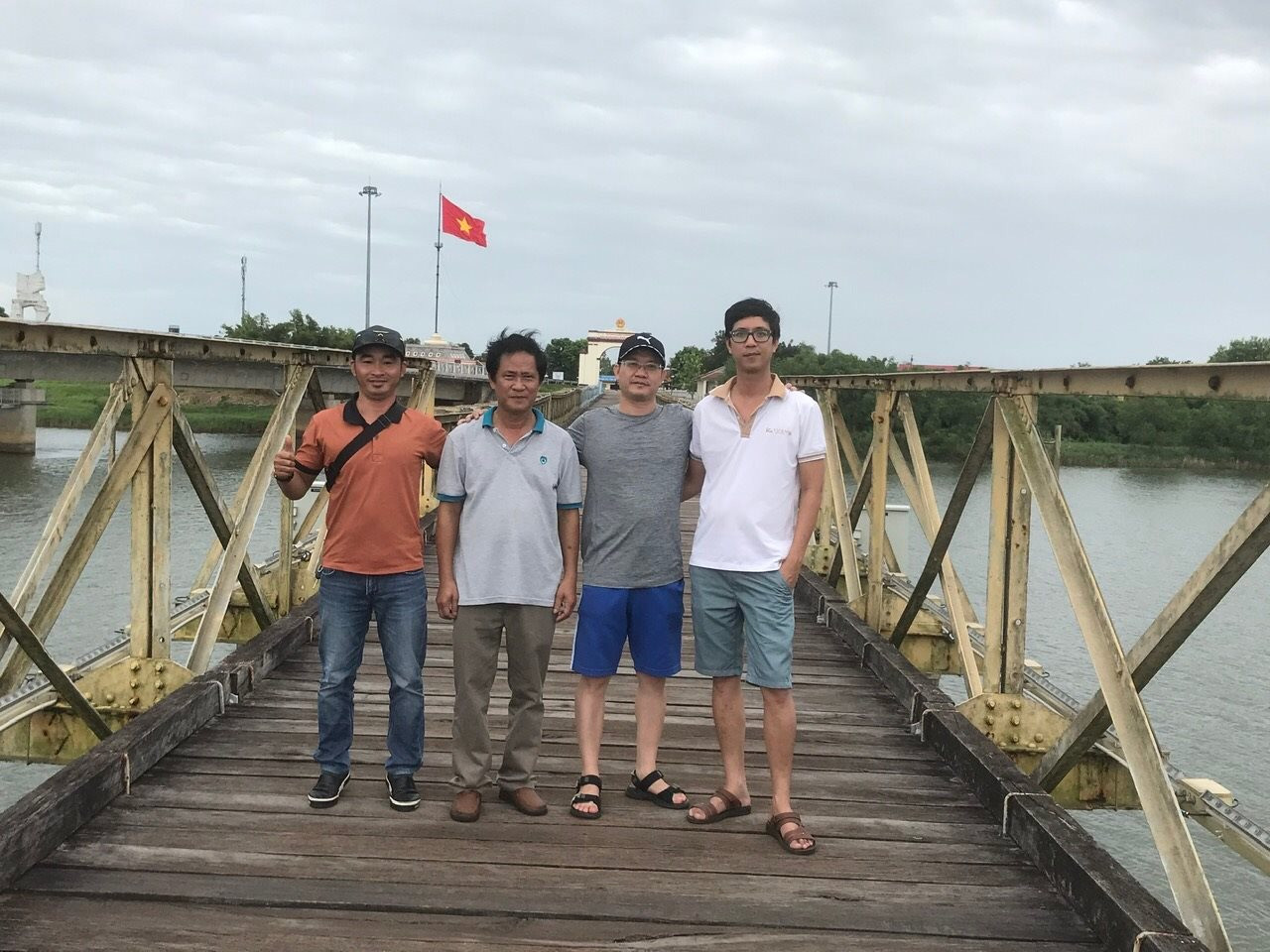
The historical exhibition house in the relic site marks a time when, after the Geneva Agreement was signed (July 1954), our country was temporarily divided into two regions, North and South, with the 17th parallel on the Ben Hai River as the boundary, waiting until July 1956 to hold a general election to unify the country. However, with the events caused by the sabotage of hostile forces, it took us 21 years, until 1975, with the blood of our soldiers and compatriots, to gain independence and unify the country.
Now the Complex - a building restored in July 2004, in the Relic Site as a mark of that period of division, is a stilt house made of precious wood, thatched roof, airy, the workplace of the International Monitoring Team 76 on the implementation of the Geneva Agreement.
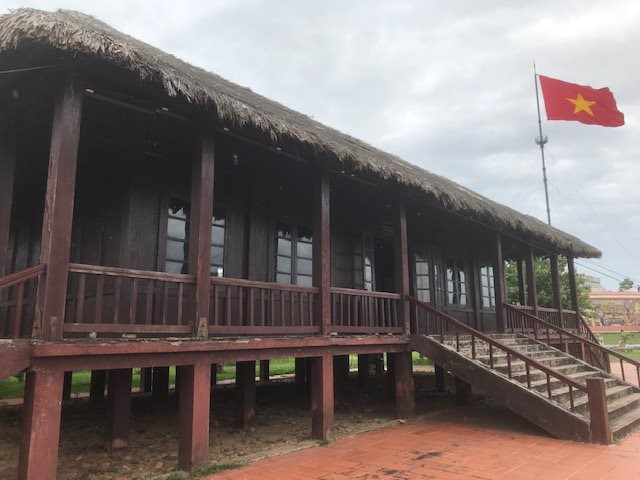
Hien Luong Bridge
Meanwhile, Hien Luong Bridge is the center of the Hien Luong - Ben Hai National Historical Site. The bridge is located right on the 17th parallel, spanning the Ben Hai River, flowing through Hien Luong village, Vinh Thanh commune, Vinh Linh district, the north bank and Xuan Hoa village, Trung Hai commune, Gio Linh district, the south bank ( Quang Tri ). Looking at the map of the country, Ben Hai River is like a thin silk strip, originating from the top of Dong Chan mountain in the Truong Son range before winding along the 17th parallel and finding the sea at Cua Tung. Ben Hai is also the natural boundary between Vinh Linh and Gio Linh districts of Quang Tri province with Minh Luong village (old name) on the north bank and Xuan Hoa village on the south bank.
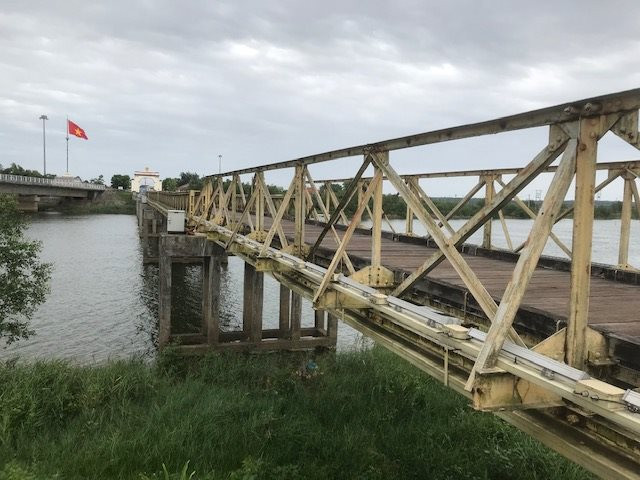
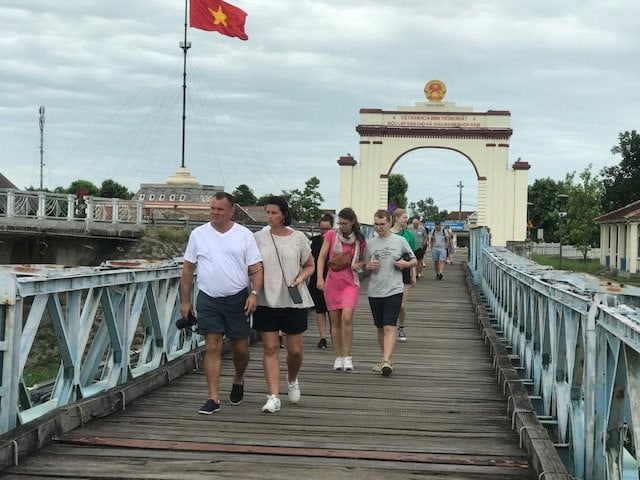
According to the book “Dai Nam Nhat Thong Chi”, during the reign of King Minh Mang, to avoid taboos, Minh Luong was renamed Hien Luong. At this time, trade and travel were still only carried out by ferry. It was not until 1928, in an effort to connect the two banks, from the North, Vinh Linh district mobilized thousands of local workers to build a bridge. After a short time, Hien Luong was officially formed with a width of 2m, built with iron stakes for pedestrians only. After that, the French continued to upgrade the bridge so that small vehicles could pass. By 1950, to serve the growing needs of transportation and military, the French decided to build a reinforced concrete bridge, officially turning Hien Luong into an important part of the North-South highway. At that time, the bridge was 162m long, 3.6m wide, and had a load capacity of 10 tons. The bridge existed for 2 years before being destroyed by guerrillas who planted explosives to prevent the French advance. In May 1952, Hien Luong continued to be rebuilt with 7 spans, 178m long, reinforced concrete pillars, steel beams, pine wood flooring, 4m wide. The two sides of the bridge have 1.2m high barriers. The maximum load is up to 18 tons. This is also the original bridge, existing for 15 years as a border during the war against America to save the country.
Nowadays, when passing this historic bridge, almost everyone walks slower to touch the “history”; the bridge is a witness to the time when the two regions of the South and North were divided, and it connected a world nearly 50 years ago. A member of the Binh Thuan group standing on the Hien Luong bridge at that time shared: “I have been to the South and the North several times, and now I have the chance to stop and visit the Hien Luong - Ben Hai National Historical Site in Quang Tri province. I feel proud because this is the first time I have seen with my own eyes a historical site that I had only known about through books before.” Not only the young people in Binh Thuan but also female students from Thua Thien Hue province during the summer were able to come here for the first time, walking and chatting interestingly about this historic bridge. That day, there was also a large group of Western tourists, both male and female, who walked slowly on the bridge and stopped to take souvenir photos, pointing down the Ben Hai River as a vestige of the long-past war. As for me, I had only ridden a car across Hien Luong Bridge a couple of times before. Once, when I went back to my hometown to visit the bridge, I encountered a persistent drizzle in the Central region, so I had to return with much regret. On this occasion of returning in the summer, the weather was sunny and the wind from the Ben Hai River blew coolly. I and the young people in the Binh Thuan group had a long time to visit and take photos of the Hien Luong-Ben Hai National Historical Site. I walked slowly on the historic bridge, located right on my hometown (Trung Hai commune, Gio Linh, Quang Tri), with the pride of a child living far away to revisit the special historical site of my hometown, recording the heroic imprints of the years of resistance against the US to save the country until the day the country was reunited.
I suddenly remembered my fellow countrymen from Bach Loc, Trung Hai, Gio Linh villages, when they talked about the years they followed the K7, K8 groups to the North to avoid bombs and bullets, to study during the anti-American war. They said goodbye to their hometowns along the Tuyen River, but nearly 10 years later, when the South was liberated, they were able to return to their hometowns, reunite with their families, and do business. There were people who wandered to the South, busy with making a living, and only had the opportunity to return to their hometowns for more than half their lives to see Hien Luong Bridge on the poetic Ben Hai River... Nowadays, the Hien Luong - Ben Hai National Historical Site is chosen by many tourists when they come to Quang Tri. In Binh Thuan, historical and cultural relics need to be linked together, creating tours to attract tourists; similar to the DMZ tour, a unique product of Quang Tri.
Source





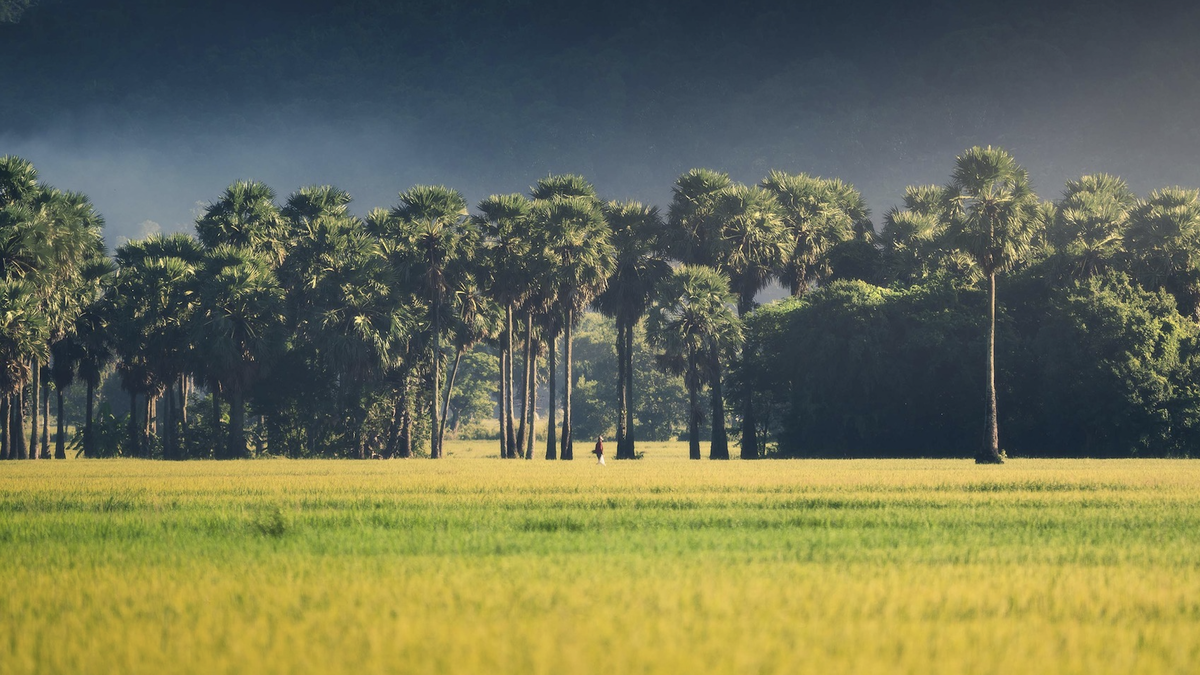















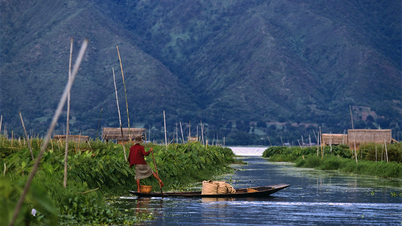

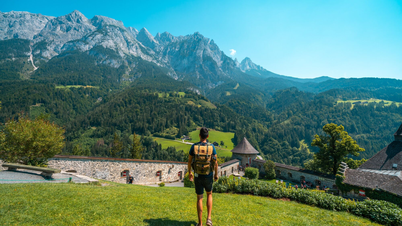

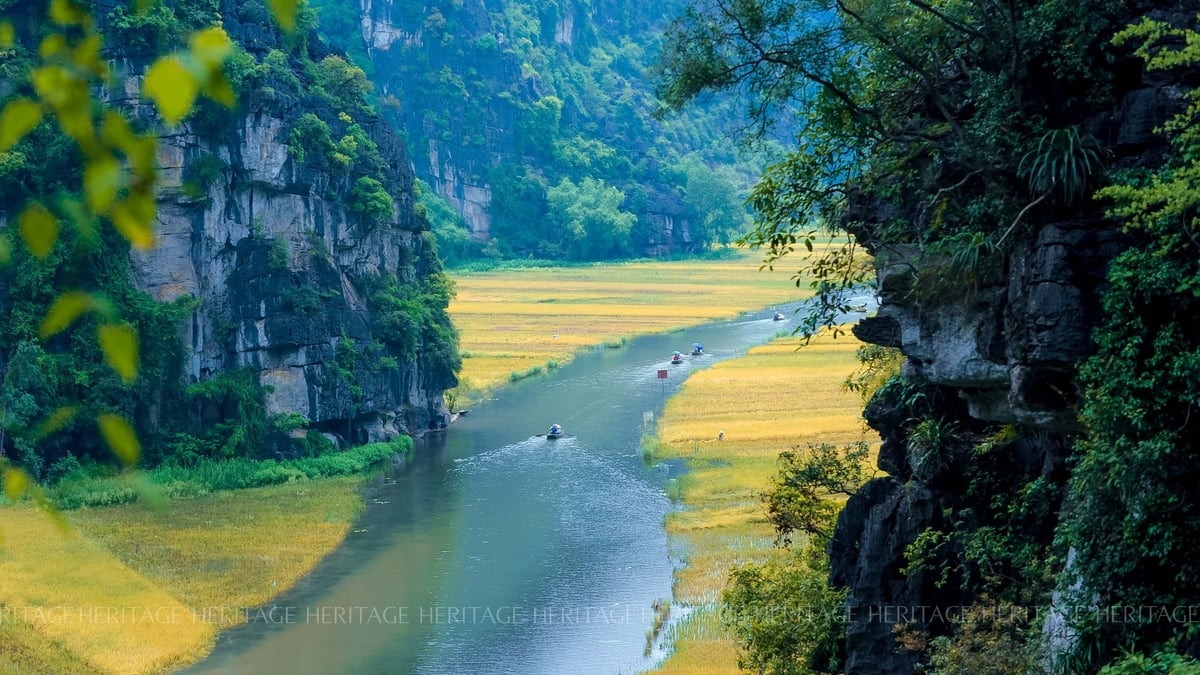

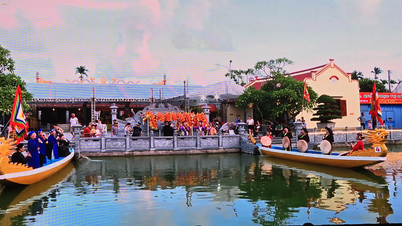

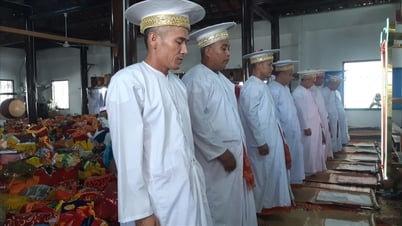

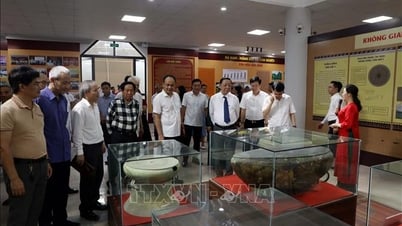





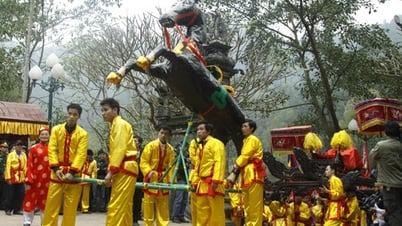



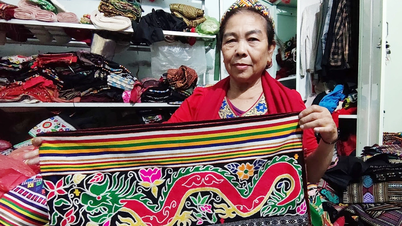





















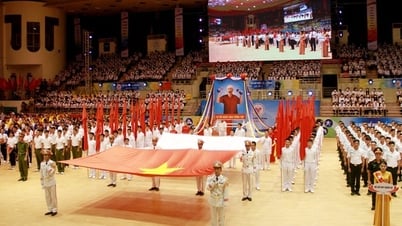











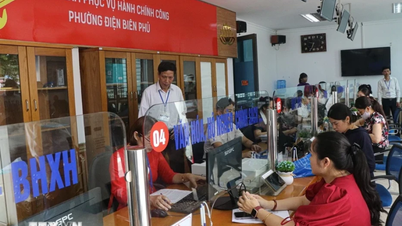

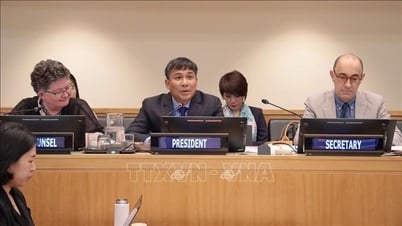

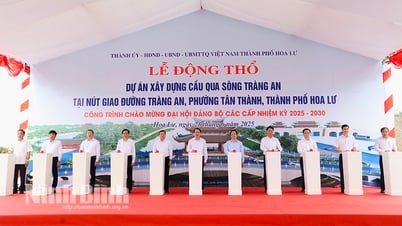














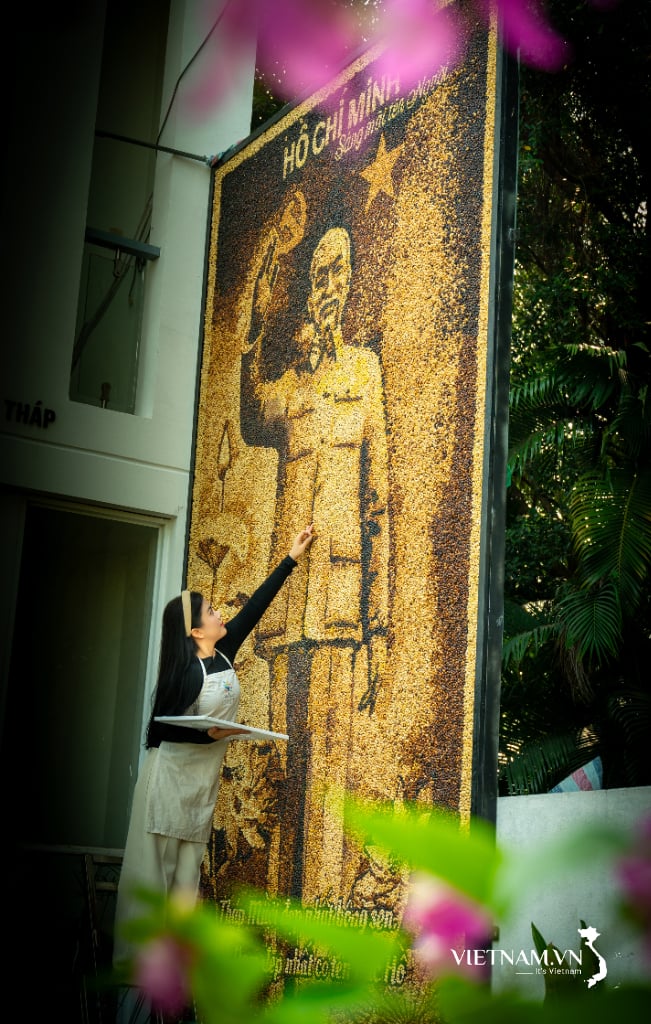

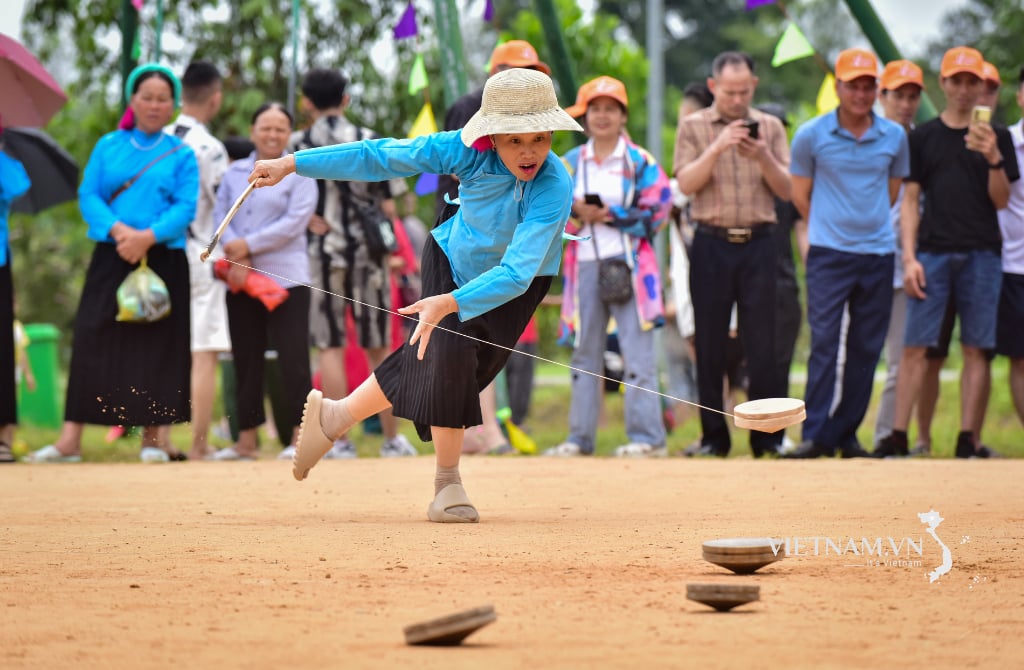

Comment (0)